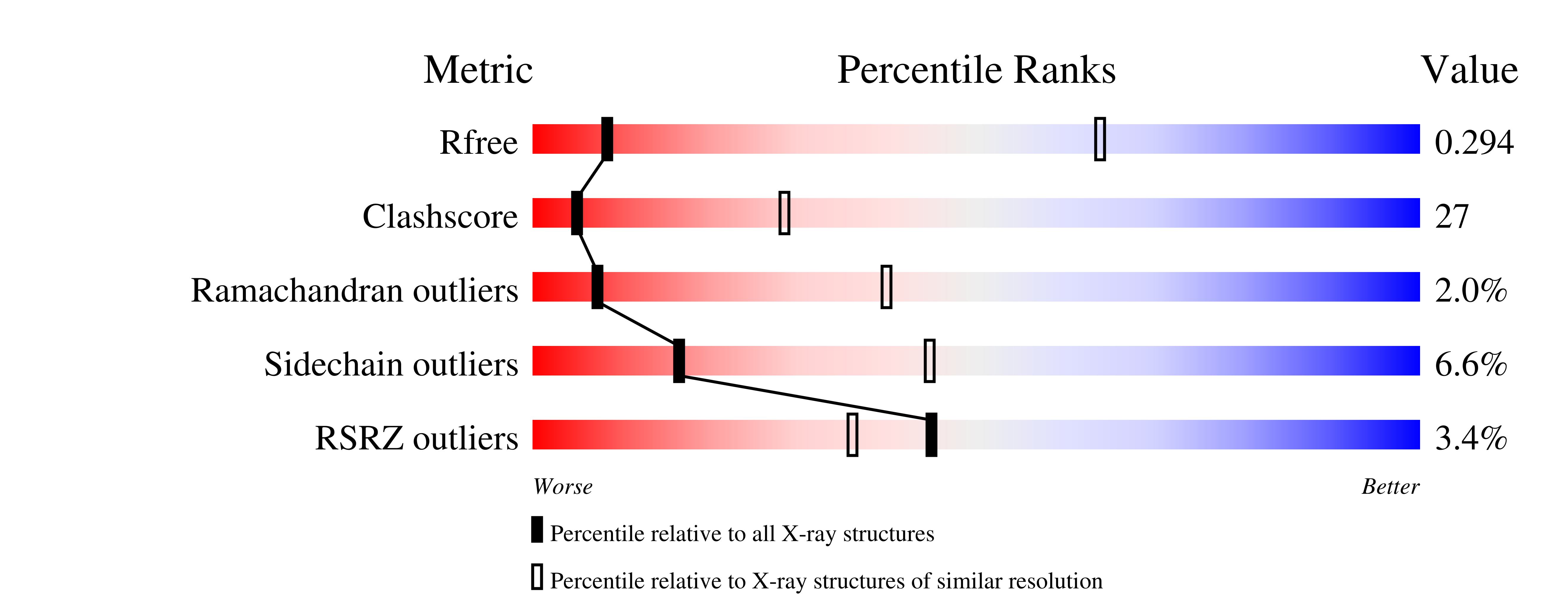Structure of the Human Receptor Tyrosine Kinase met in Complex with the Listeria Invasion Protein Inlb
Niemann, H.H., Jager, V., Butler, P.J.G., van den Heuvel, J., Schmidt, S., Ferraris, D., Gherardi, E., Heinz, D.W.(2007) Cell 130: 235
- PubMed: 17662939
- DOI: https://doi.org/10.1016/j.cell.2007.05.037
- Primary Citation of Related Structures:
2UZX, 2UZY - PubMed Abstract:
The tyrosine kinase Met, the product of the c-met proto-oncogene and the receptor for hepatocyte growth factor/scatter factor (HGF/SF), mediates signals critical for cell survival and migration. The human pathogen Listeria monocytogenes exploits Met signaling for invasion of host cells via its surface protein InlB. We present the crystal structure of the complex between a large fragment of the human Met ectodomain and the Met-binding domain of InlB. The concave face of the InlB leucine-rich repeat region interacts tightly with the first immunoglobulin-like domain of the Met stalk, a domain which does not bind HGF/SF. A second contact between InlB and the Met Sema domain locks the otherwise flexible receptor in a rigid, signaling competent conformation. Full Met activation requires the additional C-terminal domains of InlB which induce heparin-mediated receptor clustering and potent signaling. Thus, although it elicits a similar cellular response, InlB is not a structural mimic of HGF/SF.
Organizational Affiliation:
Division of Structural Biology, Helmholtz Centre for Infection Research, Inhoffenstrasse 7, D-38124 Braunschweig, Germany.















